[CHECKLIST] 10 Safety Tips in the Grow Room
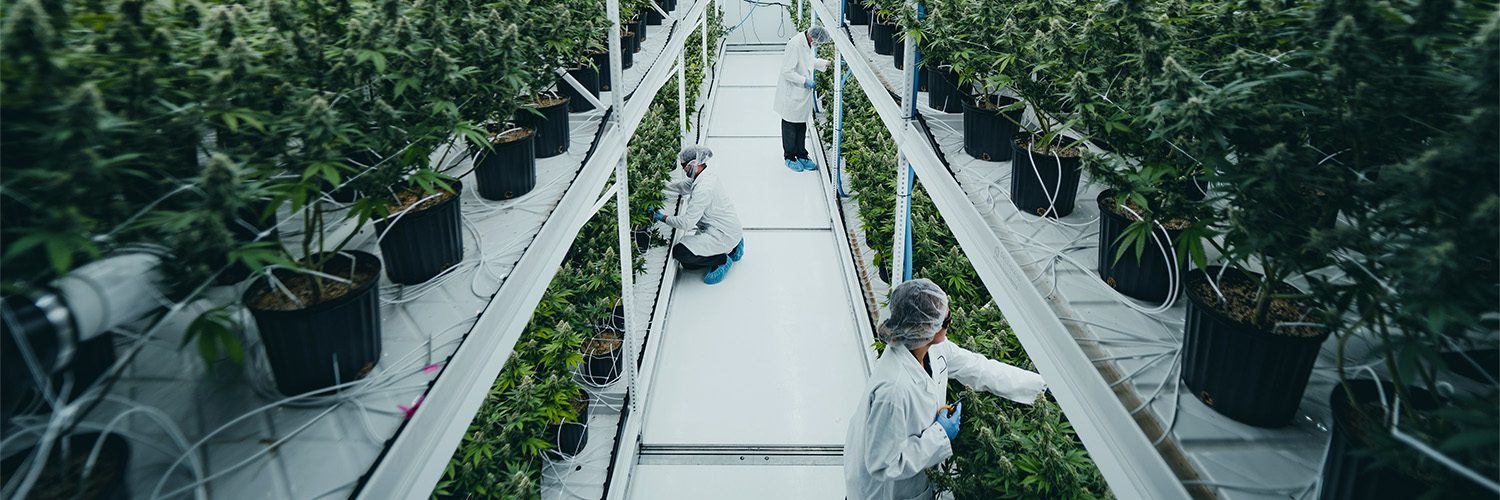
Grow Room Safety Is Key
The indoor cannabis cultivation environment is an exciting place, one brimming with life and growth. You’ve no doubt hired a supremely talented team to run the operation, but general reminders about grow room safety are always welcome. We’ve compiled 10 simple but essential tips for maintaining high safety standards in your grow rooms. These tips are meant to be regularly applied, as safety is an ongoing process. Encourage your team to consistently review and adhere to the safety protocols for your grow room.
1. Check Your PPE on a Monthly Basis
Personal Protective Equipment (PPE) may have garnered the spotlight during the pandemic, but workers familiar with food-grade manufacturing environments or horticulture spaces have long been aware of the importance of these products. PPE protects employees from exposure to hazardous substances, plant allergens, and other physical injuries.
Monthly checks and immediate replacement of worn or damaged PPE are vital to maintain high safety standards. Doing so will ensure that workers are adequately protected against potential risks from fine plant matter.
This not only complies with health and safety regulations but also fosters a culture of safety within the workplace. Culture is very important when it comes to safety.
▢ Conduct monthly PPE checks and replace any worn or damaged equipment immediately.
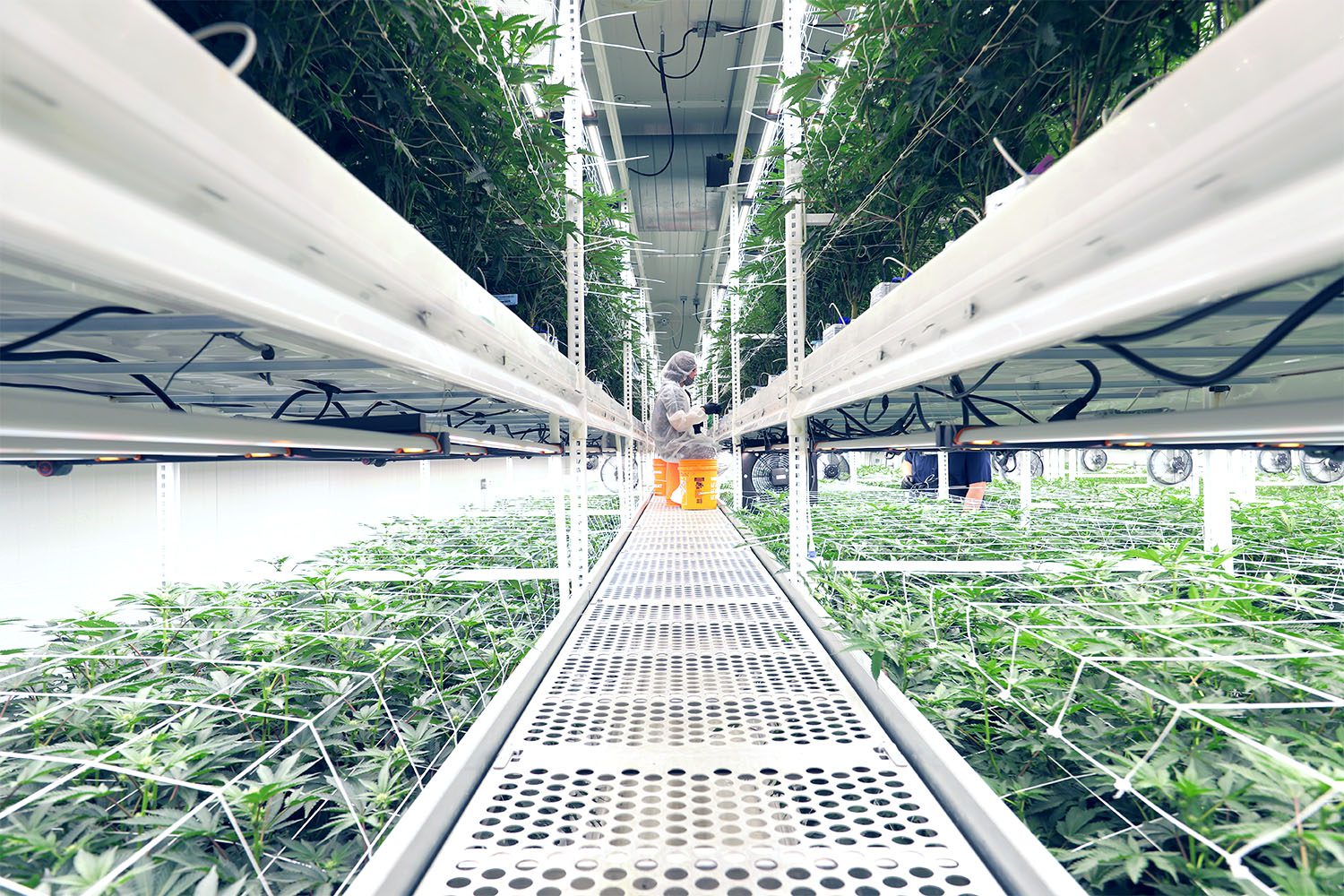
2. Understand Stability with Mobile Racking
Mobile racks are an effective tool when laying out your indoor cultivation environment. Your team can really expand their use of space in the grow room, but they must also be mindful of safety protocols.
Staff training, even on something as routine as moving mobile racks within the grow room, is always important. This is especially true for new hires who may be coming from cultivation businesses that used different styles of vertical racks. Make sure that everyone in the grow room understands how to engage locking mechanisms on all mobile racking units when not in use to prevent unintended movement. Include those seemingly minor practices in SOPs: Lock the units in place after any adjustment.
Mobile racks can be made available with an Anti-Tip Track, as well, which is required in seismic zones. Consider the reactions to the April 5 earthquake in New Jersey, which rattled workplaces along the coast.
▢ Implement a checklist for periodic safety checks of your mobile racks’ wheels and tracks.
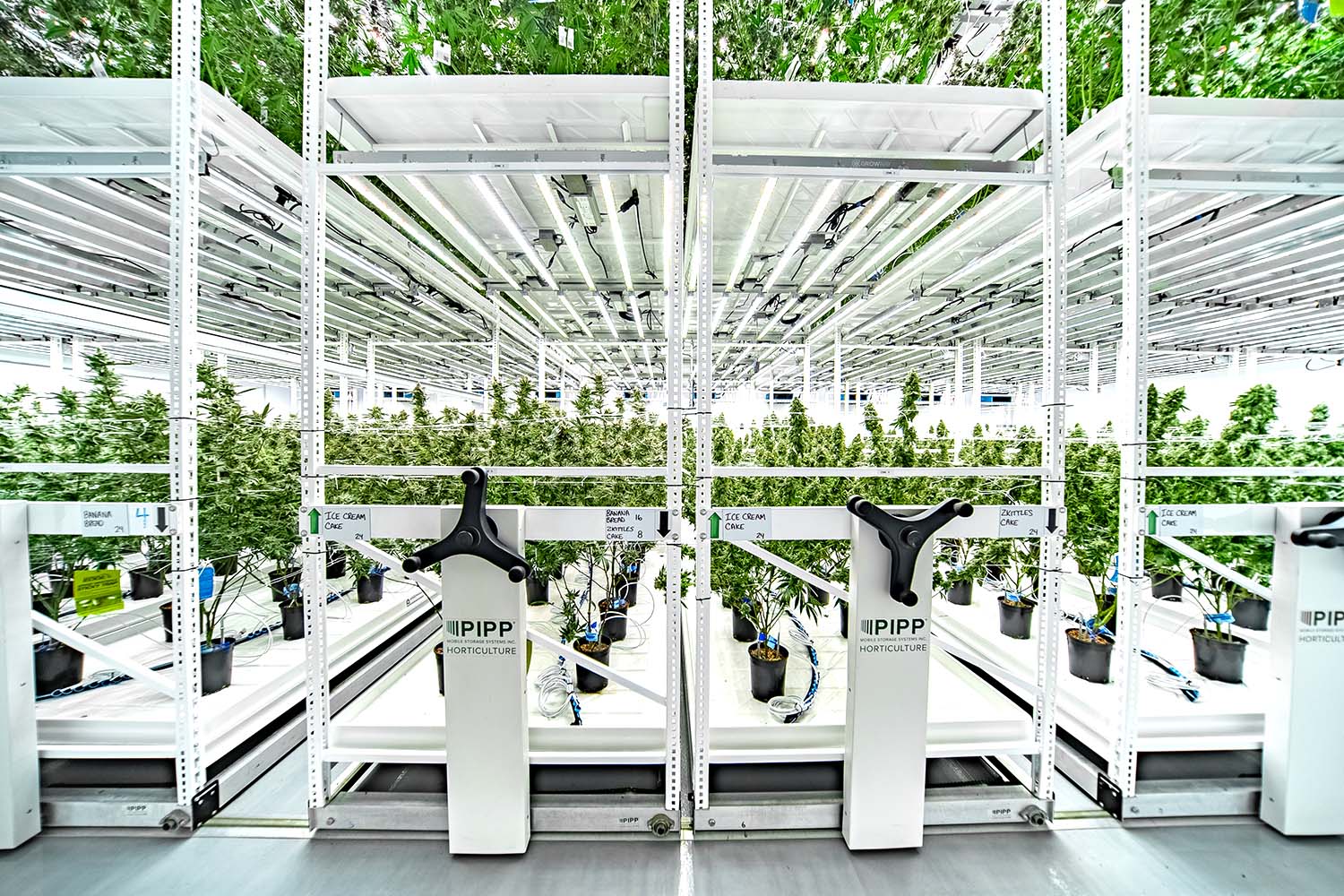
3. Understand Weight Distribution and Load Capacity
On a similar note, make sure your team knows what your racks can handle. Understanding and adhering to the weight limits of racking units is crucial to prevent collapses or structural failures that could result in injury or damage.
Actionable steps include clearly labeling each racking unit with its maximum load capacity and training staff on how to distribute weight evenly across shelves. Regular inspections should be conducted to ensure that racks are not overloaded and that heavier items are stored on lower or middle shelves to maintain stability.
▢ Label your racking units with maximum load capacity.
4. Monitor Your Electrical Connections with Thermal Imaging
Given the extensive use of electrical equipment in cannabis cultivation, electrical safety is important to prevent fires, shocks, and equipment failures. Proactive inspections help identify potential hazards early. This protocol helps maintain electrical systems safely and efficiently.
Lights can overheat if not properly installed, for instance, or if the electrical infrastructure is overloaded. Implementing monthly inspections allows for the early identification of potential hazards, such as frayed wires, loose connections, or overloaded circuits, which are common issues that can lead to serious accidents.
During these inspections, use a thermal imaging camera to detect hot spots invisible to the naked eye, indicative of electrical overload or failing components. This proactive approach minimizes downtime and protects both the workforce and the investment in cultivation infrastructure.
Beyond your inspections, electrical safety in the grow room is similar to electrical safety in other environments: Don’t daisy-chain multiple power strips off of one another, for example. Be mindful of your circuit capacity, and don’t confuse your lighting equipment’s output equivalency for its actual power draw.
▢ Perform monthly inspections of all electrical equipment and wiring, looking for signs of wear or damage.
5. Develop a Chemical Storage Protocol
Proper chemical storage and handling are essential to prevent spills, contamination, and exposure to toxic substances.
Establishing a clear protocol, including a spill response plan, and reviewing it quarterly with the team minimizes the risk of accidents. Make sure that all new hires are aware of this protocol from the jump, too.
Proper chemical storage safeguards both employee health and the grow room environment.
▢ Create a chemical storage and handling protocol, including a spill response plan, and review it with the team quarterly.
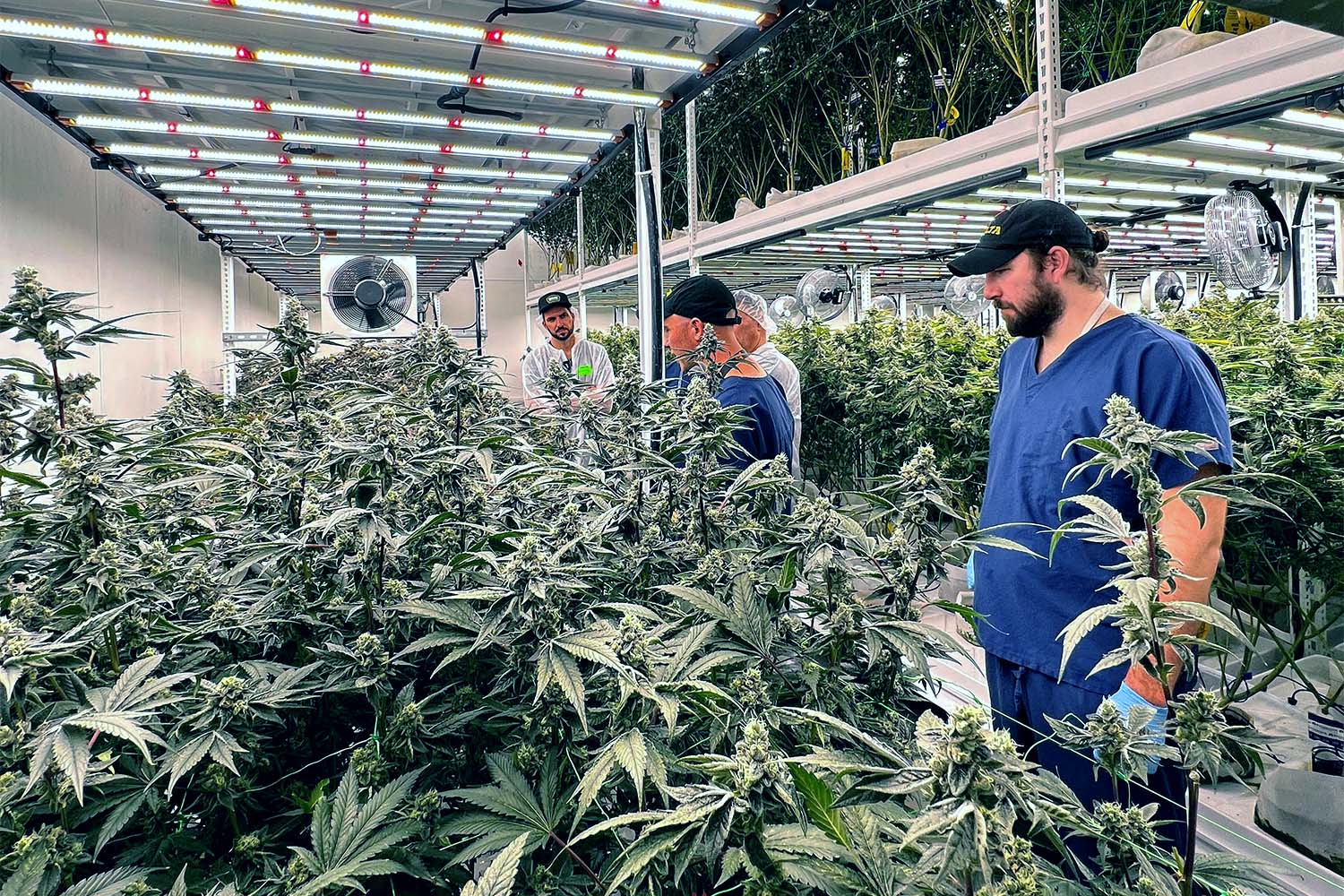
6. Stretch! (Seriously)
Consider a group stretch at the start of each shift. Ergonomic practices like that help prevent musculoskeletal injuries common in cultivation tasks that involve repetitive motion or prolonged standing. Your team is your most important asset; make sure they’re in top shape.
This simple yet effective routine can significantly reduce the incidence of work-related discomfort and injuries, enhancing productivity and employee satisfaction. This can be a simple way to add some fun team bonding to each day’s work.
Stretching can also elevate team morale. The high-demand nature of cannabis cultivation can place significant stress on employees, potentially impacting their mental health and productivity. Establishing a supportive workplace culture through simple activities that encourage a pause in the workday hustle can also prevent burnout in addition to enhancing team morale.
▢ Implement a 15-minute group stretch for the team at the start of each shift to reduce the risk of musculoskeletal injuries.
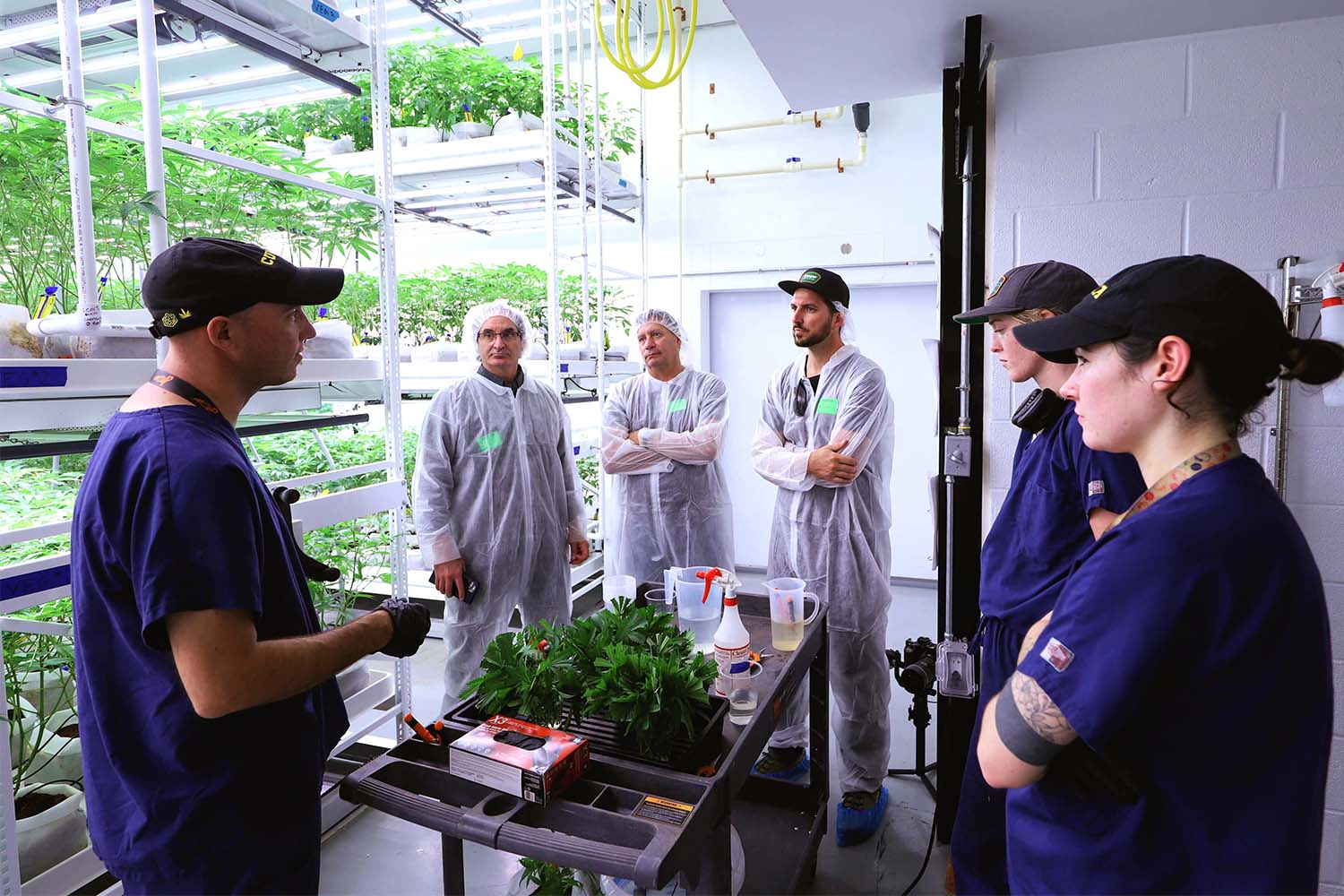
7. Prepare for Emergencies
You never know what can happen in a dynamic environment like your grow rooms.
Conducting emergency response drills, including fire evacuation and first-aid scenarios, is critical to ensure staff are prepared for potential emergencies.
These drills, ideally held twice a year, help familiarize the team with emergency procedures, improving the speed and effectiveness of the response to actual incidents, thereby minimizing potential injuries and damage.
You can get more specific with this training, too, down to the individual level. Conducting regular first aid training and emergency response drills empowers employees to act quickly and effectively in case of accidents, injuries, or health emergencies. Having a well-trained team can make a critical difference in minimizing the impact of such events, making this an essential component of any safety program. Making first aid kits easily accessible throughout the cultivation facility and ensuring that all employees know how to use them is also crucial.
▢ Hold emergency response drills twice a year, and make sure your first aid kits are well stocked and easily accessible.
8. Place Sanitation at the Heart of Your SOPs
Daily end-of-shift cleaning routines for all tools and workspaces are essential for preventing the spread of pests and diseases within the grow facility. This might seem obvious, but it helps to put those routines on paper–and to communicate them clearly to all team members. This regular sanitation practice maintains a clean and safe environment for plants and people alike. It’s also good habit formation practice, which can encourage greater awareness of safety precautions throughout the rest of the facility.
▢ Establish daily end-of-shift cleaning routines for all tools and workspaces to maintain a hygienic environment.
9. Ramp Up Security
Regular audits of access control systems ensure that only authorized personnel can enter sensitive cultivation areas. This practice will safeguard against theft, contamination, and unauthorized entry.
Rigorous security measures maintain the integrity of the cultivation process and protect valuable genetic material.
▢ Audit access control systems quarterly to ensure only authorized personnel can enter cultivation areas.
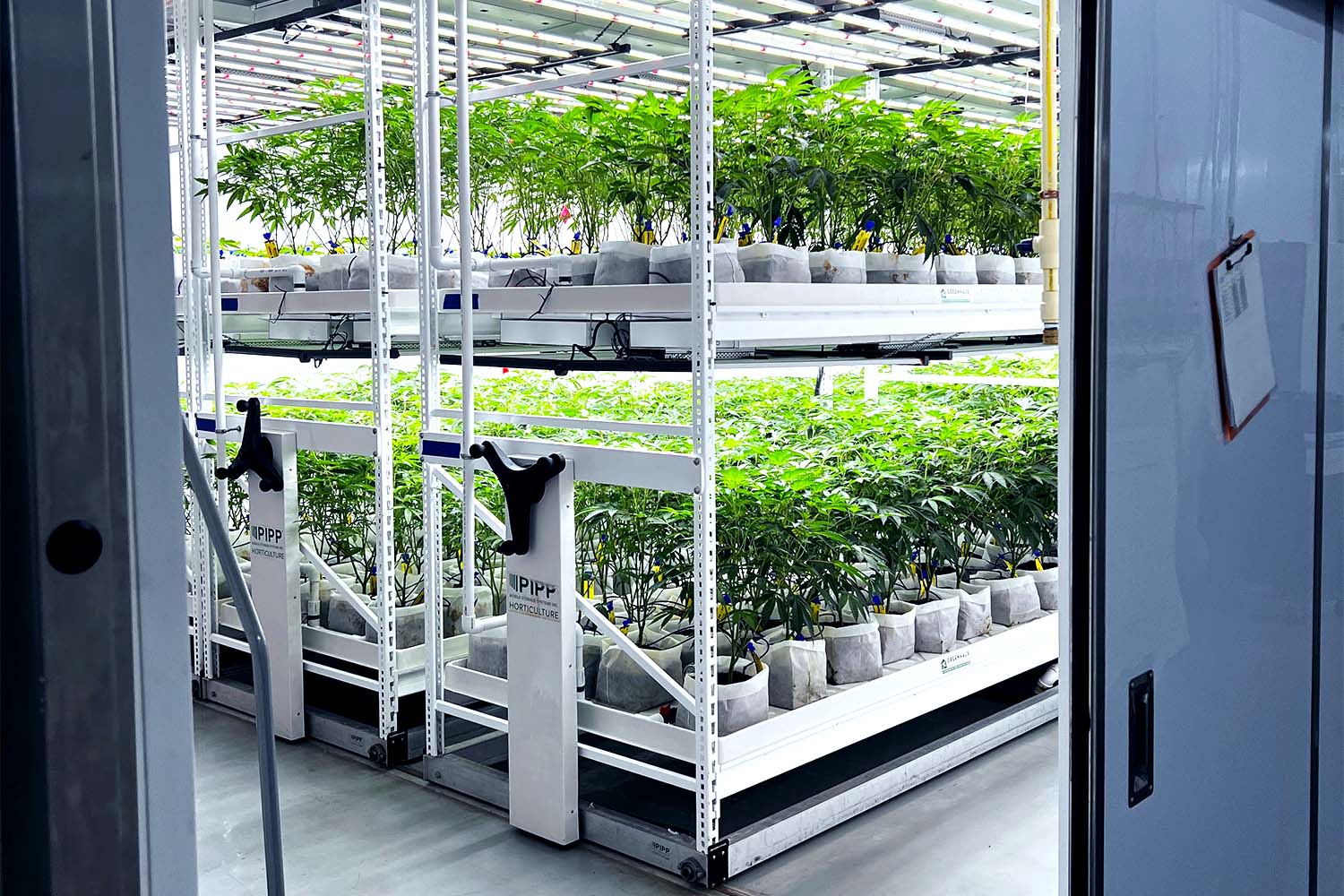
10. Communicate With Your Team
Monthly safety and operations training sessions keep the team informed about the latest cultivation techniques, safety protocols, and regulatory compliance. Although those topics may not change monthly, each one involves a great deal of detail. Minor aspects of safety protocols or regulatory language can be overlooked as time goes on, so frequent communication is important to keep them top-of-mind.
Ongoing education empowers employees with the knowledge and skills to perform their tasks efficiently and safely. This fosters a proactive and safe workplace culture for all.
▢ Organize monthly safety and operations training sessions to keep the team updated on best practices and safety protocols.

